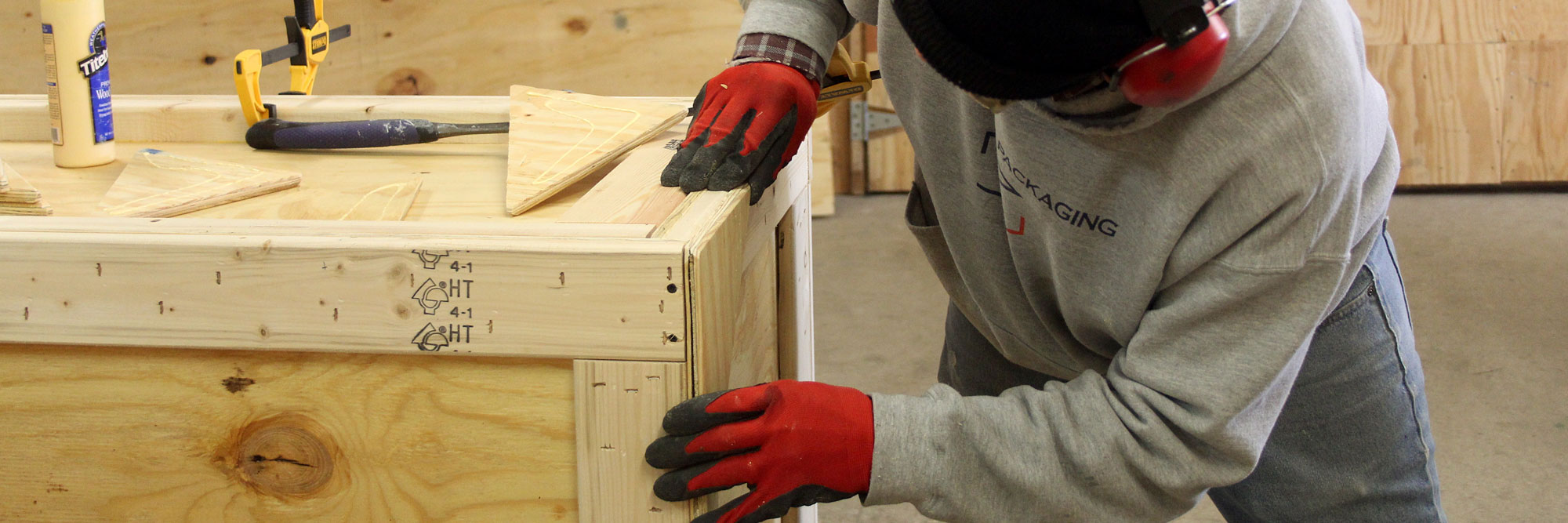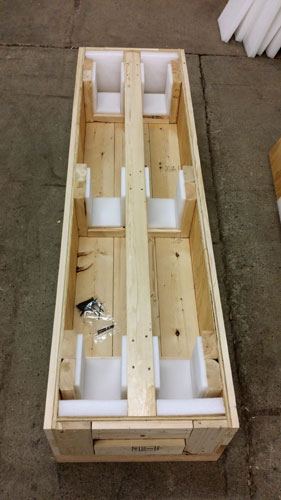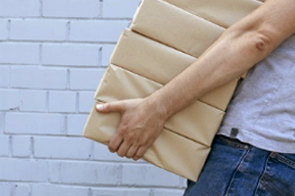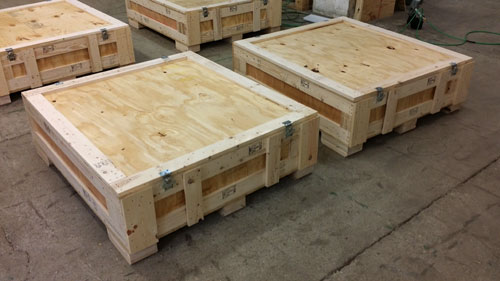
Our Custom Packaging Process
When your product needs a special fit, Bellinger will help you select the right kind of packaging.
What to Expect When You Call Us for a Custom Packaging Quote
So you’ve got your innovative product ready for shipment. What’s the next step to get your product into the market? We’ve noticed a consistent trend when it comes to PACKAGING:
Not many really think about how they’re going to package their product until it’s ready for shipment. At that point, they have to frantically brainstorm how to fit their product in whatever shipping crate they can find.
But that’s when we step in. When you contact us for quality shipping supplies and custom packaging, we’ll ask you a few questions and get you a quote within the same day. Most of the time we don’t necessarily need schematic designs or a look at your product; once we know the answers to these questions, we can expedite your custom packaging to get your product shipped out as soon as possible.

Questions We’ll Ask You About Your Product
Custom Shipping Crate
How Much Does your Product Weigh?

The weight gives us an idea how durable your packing needs to be. We base the foam density on the weight of your product (the heavier the product, the more dense the foam blocks will be). Heavy products like engines can sit directly on the woodblock as long as it doesn’t move.
What are the Dimensions?
Once we know the length and width, we automatically figure out how many sheets of wood you’ll need for your packaging crate. If your product has a unique shape, we cut foam blocks to fit around your product, encasing its exact shape.
Is it Fragile?
Fragile products, especially electronics, take more specialized custom packaging. We incorporate vibration protection to guard against shock from impact. Electronics don’t need high density foam; instead, we fit foam blocks around the product and then surround it with a solid board, forming a floating base. The boards keep the product still during shipping and handling. Glass panels, on the other hand, shouldn’t be packed flat; we pack each one end-to-end and then line them with foam.
Do you Need Reusable Packaging?

If you have to ship your product back and forth multiple times (for testing or other reasons), we incorporate additional hardware for a sturdier crate. We’ll ask how many times your product will be shipped to give us an idea how durable the crate needs to be. We include removable lids, gussets in the corner, both glue and staples for stabilizing the boards, etc. If you’ll be using your crate in a trade show, we use plywood instead of OSB wood (oriented strand board) to make it look more professional.
Does it Need Protection from Moisture?
Most overseas shipping requires a guard against moisture, saltwater, air, vapors, etc. We include barrier material, usually foil film, to protect your product from contamination.





